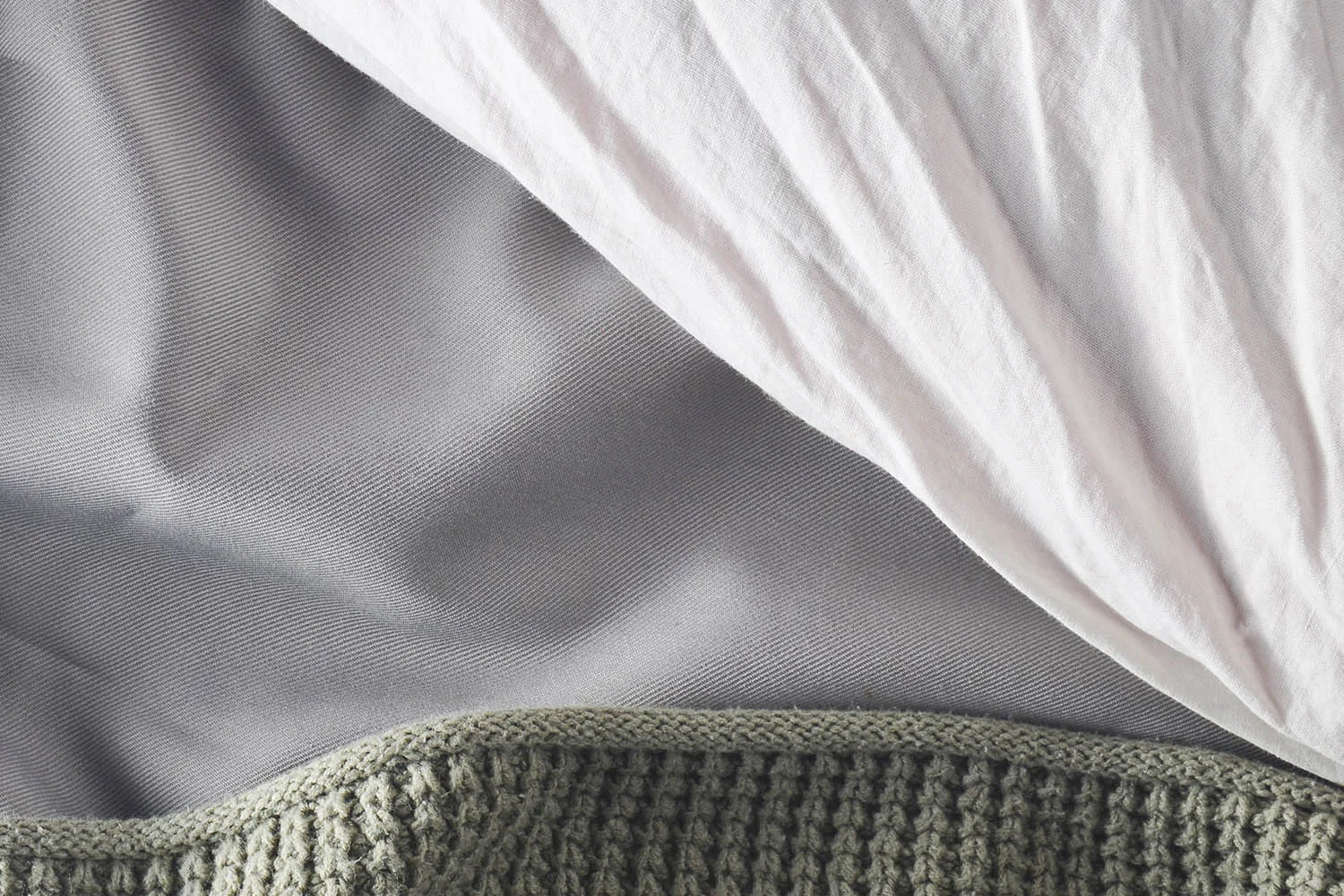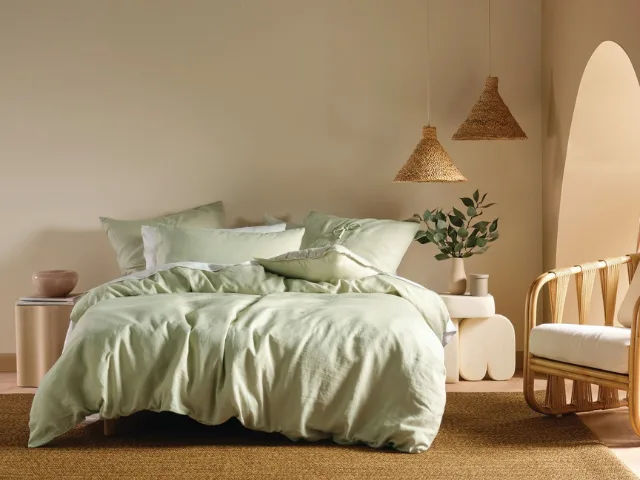When it comes to picking appropriate bedding, cotton is one of the most popular, and affordable choices. However, when it comes to cotton sheets, you get what you pay for, and those on the cheaper end can be scratchy, stiff and last only a year or two before they feel threadbare or uncomfortable.
Although linen may require a hefty initial spend to get set up, the fabric is long lasting and only gets better with age. We spoke with Genevieve Rosen-Biller, the founder of Bed Threads, to find out why linen bedding is so great, and what benefits you get for the money you pay.
“There’s a host of benefits associated with sleeping on linen bedding, but perhaps what has elevated it into a trend over the past few seasons is its relaxed, yet refined, aesthetic,” says Genevieve. “Thanks to its natural fibres, linen is known for the way it effortlessly finishes a space. It creases, yes, but that’s all part of the aesthetic – fitting seamlessly into any space.”

What are the benefits of sleeping on linen bedding?
“Linen retains its shape thanks to its natural elasticity, and compared to wool and cotton, linen is twice as durable. Still, unlike its counterparts, it actually softens and becomes more comfortable the more it’s used and washed.”
“Beyond its look and feel, linen is temperature-regulating, anti-static, anti-bacterial and acts as a natural insulator. This means it has temperature-regulating qualities, and keeps you cool in summer and warm in winter, without causing you to overheat.”
“A trans-seasonal bedding solution, linen dries quickly, so in the warmer months its moisture-wicking qualities act as an effective anti-perspirant. That’s not just marketing jargon, though. Linen can literally hold up to 20 times its weight in moisture, which makes it the ideal material for an uninterrupted, clean sleep.”

How to care for linen
“Linen can last a lifetime if cared for correctly,” says Genevieve.
“Starting with the wash, it is preferable to use ‘soft’ water and avoid water that is hard or has a high lime content. If you can’t avoid this, add a softening agent, particularly with the linen in darker colours.”
“Although some people choose to hand wash linen, you are able to wash your linen in the machine as long as it’s on a gentle setting with lukewarm or cold water, and use a mild, liquid detergent. Avoid using detergents that contain colour brighteners as these will weaken the fibres, and can potentially discolour your linen. Always ensure that linen is rinsed thoroughly with water to remove any traces of detergent (which can prevent age spots caused by oxidation).”
“Air drying is preferable for linen, however if you are using a machine dryer, ensure it’s on a low setting and the machine is as empty as possible. Avoid dry cleaning as the material can react poorly to the chemicals used in the dry-cleaning process.”
“It’s not all extra effort, though. For those that abhor ironing – there is none required with linen bedding. In fact, it’s natural creases improve the aesthetic. And finally, store your linen in a cool, dry place, taking the time to air it a little before putting it onto your bed. Never store it in plastic bags, instead, choose a sustainable option like linen storage sacks.”

How to tell the difference between high and low quality linen
“First of all, make sure what you’re investing in is 100% linen and not a blend with another fibre,” says Genevieve. “Even a natural one, like cotton, or a synthetic material.”
“If linen is pre-washed, it will be softer upon arrival, and ready to use. If it’s not pre-washed, it can be quite coarse, although pure linen will always soften with time.”
“If the linen is dyed, it’s worth asking the store staff whether the dye is eco-friendly, and whether it has been treated with chemicals like formaldehyde, as this can impact quality.”
“And finally, pay attention to where the linen itself is cultivated – most premium brands will source theirs from Europe.”
You might also like:
How to nail the linen bedding trend on a budget
The beginners guide to picking the perfect sheets
 Instagram/@linen_house
Instagram/@linen_house









